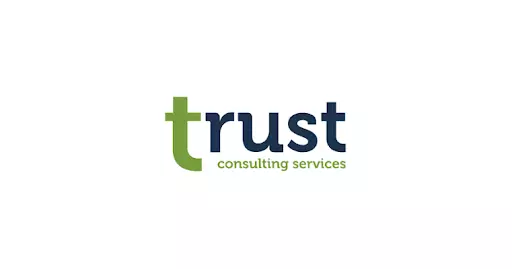News
IT Infrastructure Comprehensive Guide
Have you ever wondered what keeps all our technology running so smoothly? That’s where IT infrastructure is the hidden framework that helps businesses stay on track, safe, and competitive.
Why is it so essential to manage IT infrastructure? Well, it makes sure everything works without any problems. It keeps vital systems running, helps people communicate and work together, and keeps critical information safe.
But getting to know all the parts of IT infrastructure can be tricky.
In this blog post, we will take a more in-depth look at IT infrastructure, review a few checkpoints for better handling it, and explain why it is essential for companies today. Let’s get started!
What is Meany by IT Infrastructure?
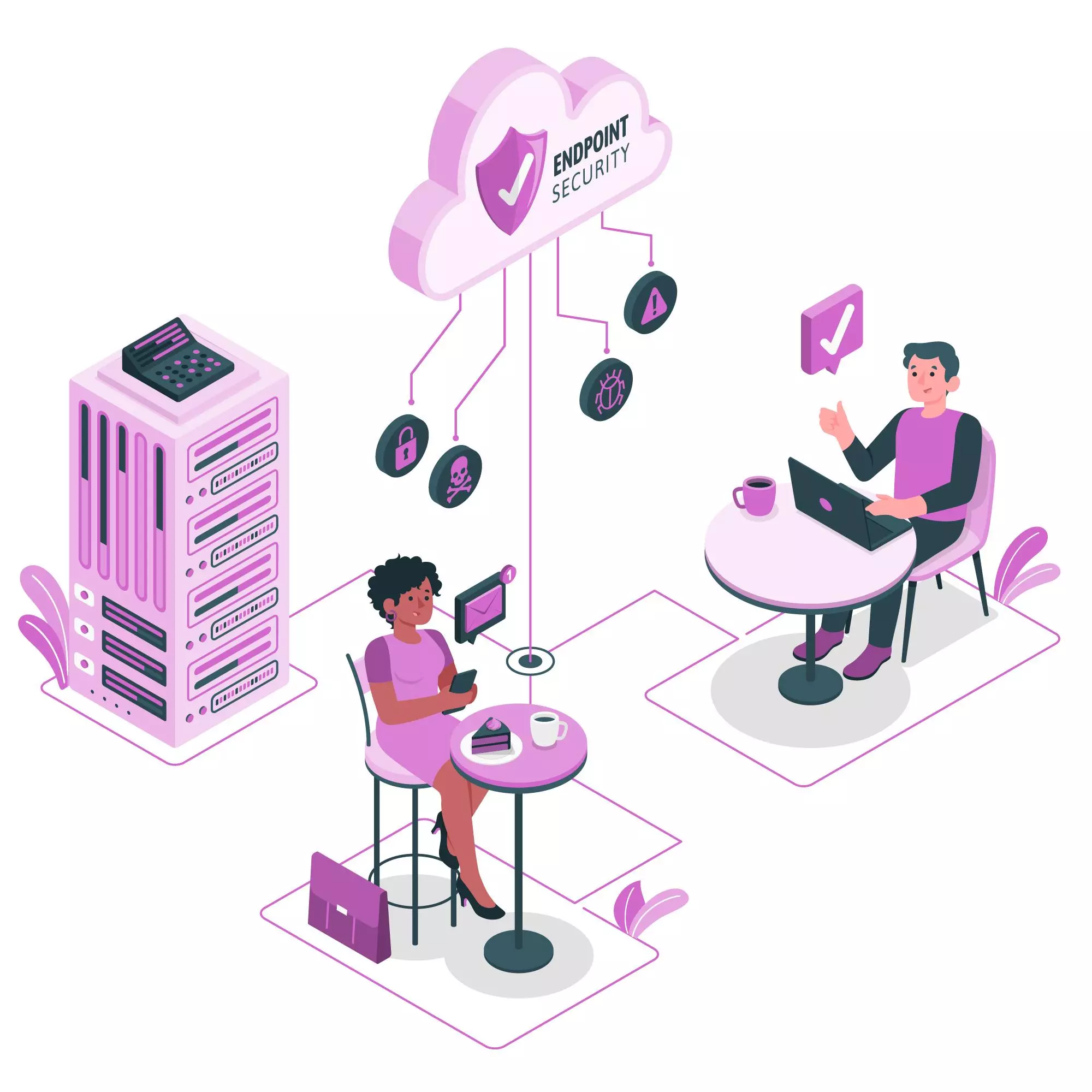
IT infrastructure is the unseen foundation that makes everything in our digital world work efficiently. It’s the network of hardware, software, and systems hidden backstage, powering all the apps, websites, and organizations we rely on everyday.
Imagine it as the electrical grid for all your technology. Just like the grid connects electricity to our homes and offices, IT infrastructure connects and supplies the vital resources and connections that our digital activities need to run.
Understanding IT Infrastructure
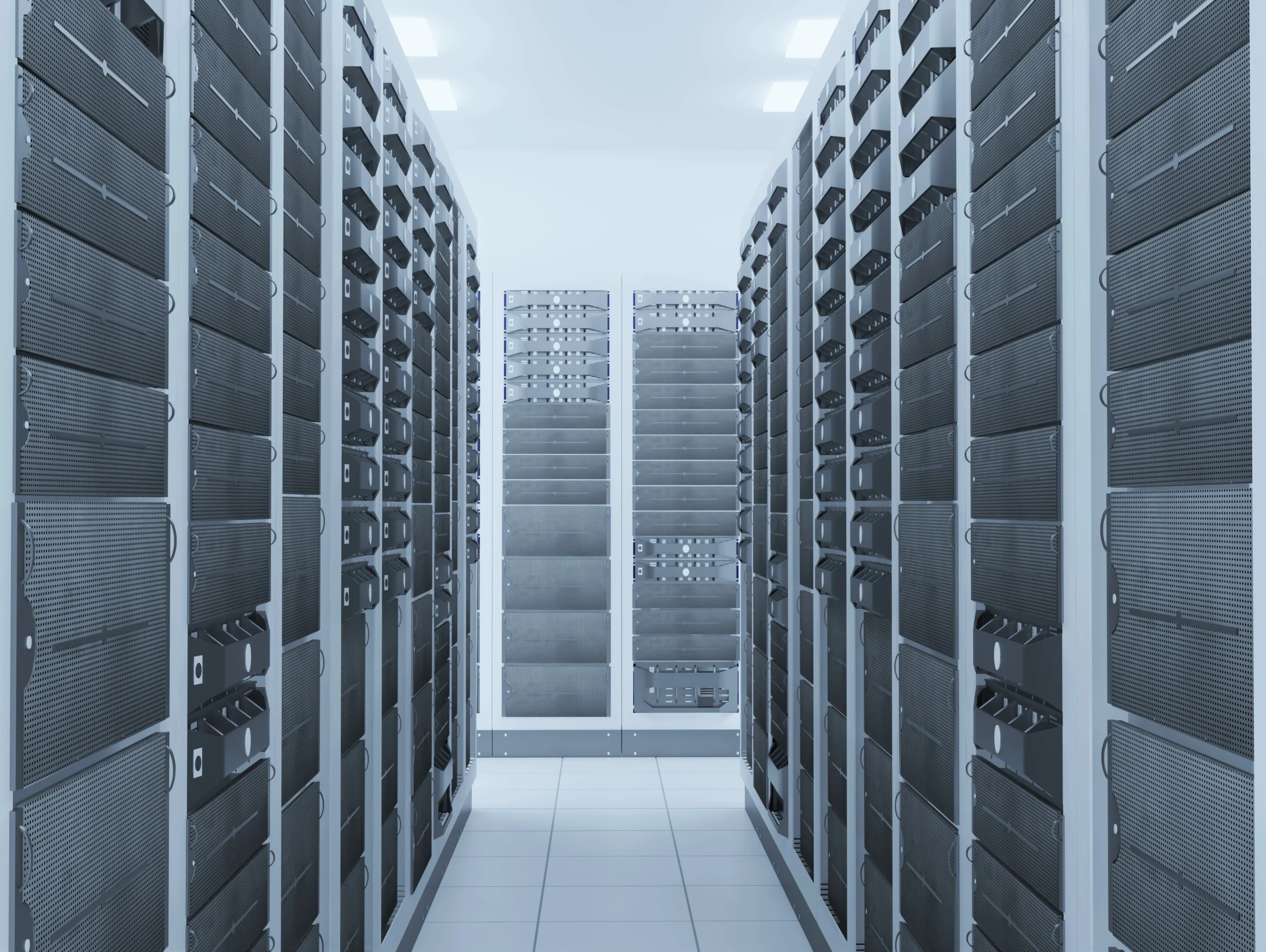
How does everything in our world of technology work so well? It’s not just by chance; it’s because of IT infrastructure! Imagine it as an invisible support that keeps everything, like your favorite online shop or where you work, running smoothly.
But what is IT infrastructure exactly? All the parts work together to make your tech environment function. This includes:
Hardware:
Hardware refers to the physical components of information technology—like the computers, servers, and storage devices you frequently see in movies, characterized by their flashing lights and humming sounds.
Software:
The software consists of the applications and programs that instruct the hardware on how to operate. This includes everything from the operating system on your smartphone to the websites you browse.
Networks:
Networks are the invisible infrastructure that allows unique pieces of technology to communicate. This includes physical connections, like cables, and wireless connections, like Wi-Fi.
Data centers:
Data centers are large, fortified facilities designed to house and protect these critical technological components. They ensure that all this essential tech remains secure and operational.
A good IT infrastructure works and helps the businesses:
- Be more efficient: With everything in sync, work gets done quicker.
- Stay safe: It keeps the digital bad guys away and protects your information.
- Change when needed: As the business evolves, so can the IT setup.
- Cut costs: A smooth system means saving money and avoiding tech troubles.
Managing all this can be challenging, though. That’s where IT infrastructure services step in. They’re the experts who plan, set up, keep, and secure this digital framework, ensuring everything tech-related works as it should.
So next time you shop online or use a working app, think about the silent champion behind it all: IT infrastructure!
Choosing Your IT Infrastructure: On-Premises, Cloud, or Hybrid?
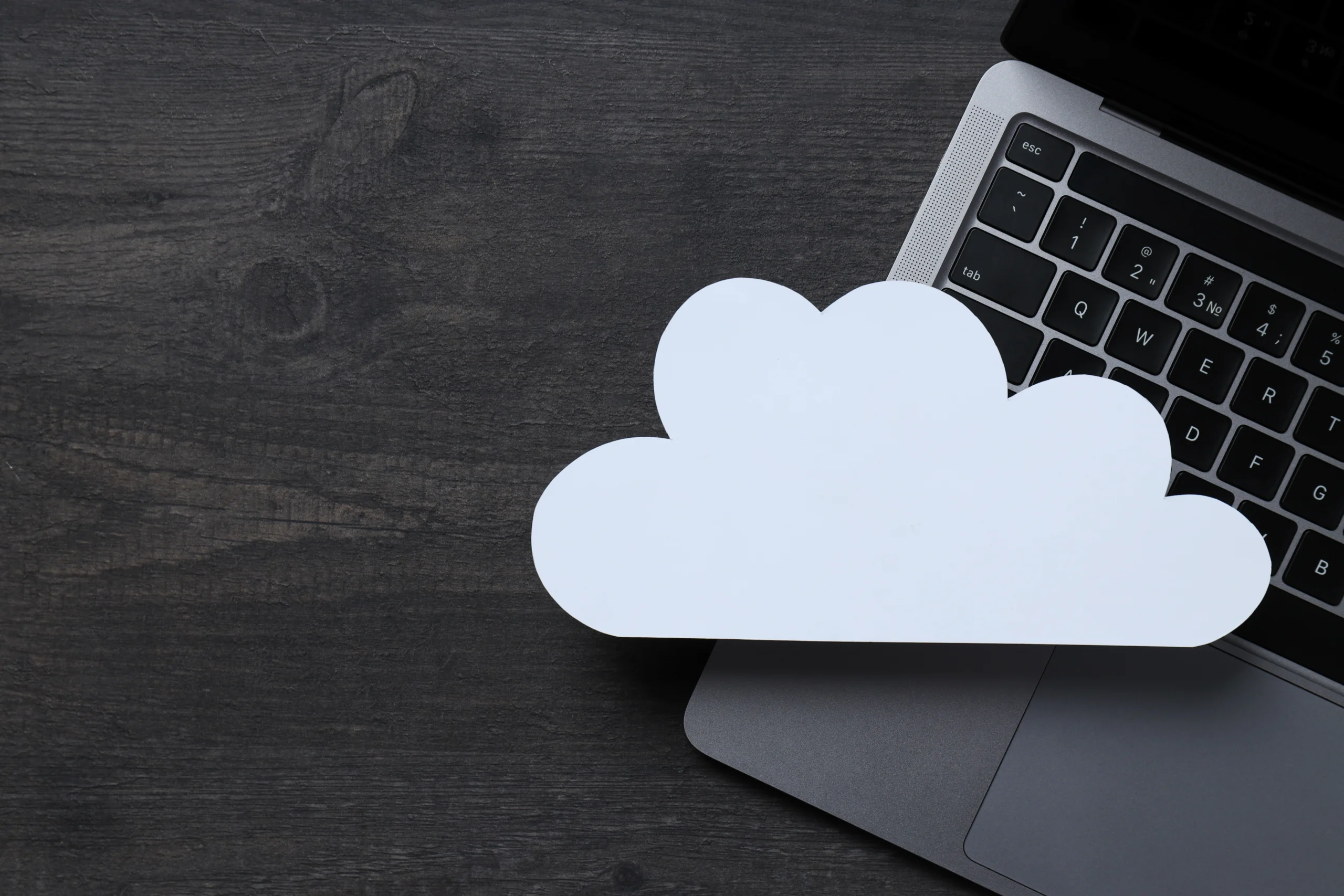
Choosing the right IT infrastructure for your business is critical. Here’s a straightforward breakdown of the three main types:
On-Premises
On-premises IT infrastructure means all your computing resources—servers, storage, networking equipment—are physically located at your facilities. You own and maintain all the hardware and software. Your team is responsible for its operation, security, and maintenance. It’s like having all the tools you need in your workshop.
On-premises IT infrastructure means all your computing resources—servers, storage, networking equipment—are physically positioned at your facilities. You personalize and maintain all the hardware and software programs. Your team is responsible for the operation, safety, and preservation of the tools you need for your workshop.
Pros
- Complete control over your data and security.
- Long-term cost savings if you have specific requirements or existing equipment.
Cons
- High initial investment in hardware, software, and IT personnel.
- Scaling up or down is luxurious and time-ingesting.
- You’re accountable for all renovation, updates, and safety.
Cloud-Based
A third-party provider on their premises hosts cloud-based infrastructure. You access services like servers, storage, and applications over the internet. The cloud provider owns runs, maintains, and secures the hardware. It’s similar to renting equipment or tools whenever needed instead of buying and storing them yourself.
Pros
- Easy to scale resources to meet your needs.
- Lower upfront costs with pay-as-you-go pricing.
- The provider handles maintenance and security.
Cons
- Less control over security and system performance.
- Requires a reliable internet connection.
- Costs can grow over time with increased usage.
Hybrid
Hybrid IT infrastructure combines on-premises and cloud-based elements. Keep some critical information or packages on-site for safety or compliance motives and use the cloud for scalable computing energy and storage. This approach offers flexibility, letting you balance control with the scalability and cost-effectiveness of the cloud. It’s akin to owning some essential tools while renting others as needed.
Pros
- Combines control with flexibility, allowing for cost-effective scaling.
- Keep sensitive data on-premises while leveraging the cloud for scalability.
Cons
- Integrating and managing two environments increases complexity.
- Security must be managed across both on-premises and cloud.
Making Your Choice?
Consider your business’s specific needs:
- Data sensitivity and security requirements.
- Flexibility and scalability needs.
- Budget constraints for both initial setup and ongoing operations.
There’s no one-size-fits-all answer. Evaluate each model’s pros and cons carefully to determine the IT infrastructure that aligns with your business objectives.
Critical Components of IT Infrastructure
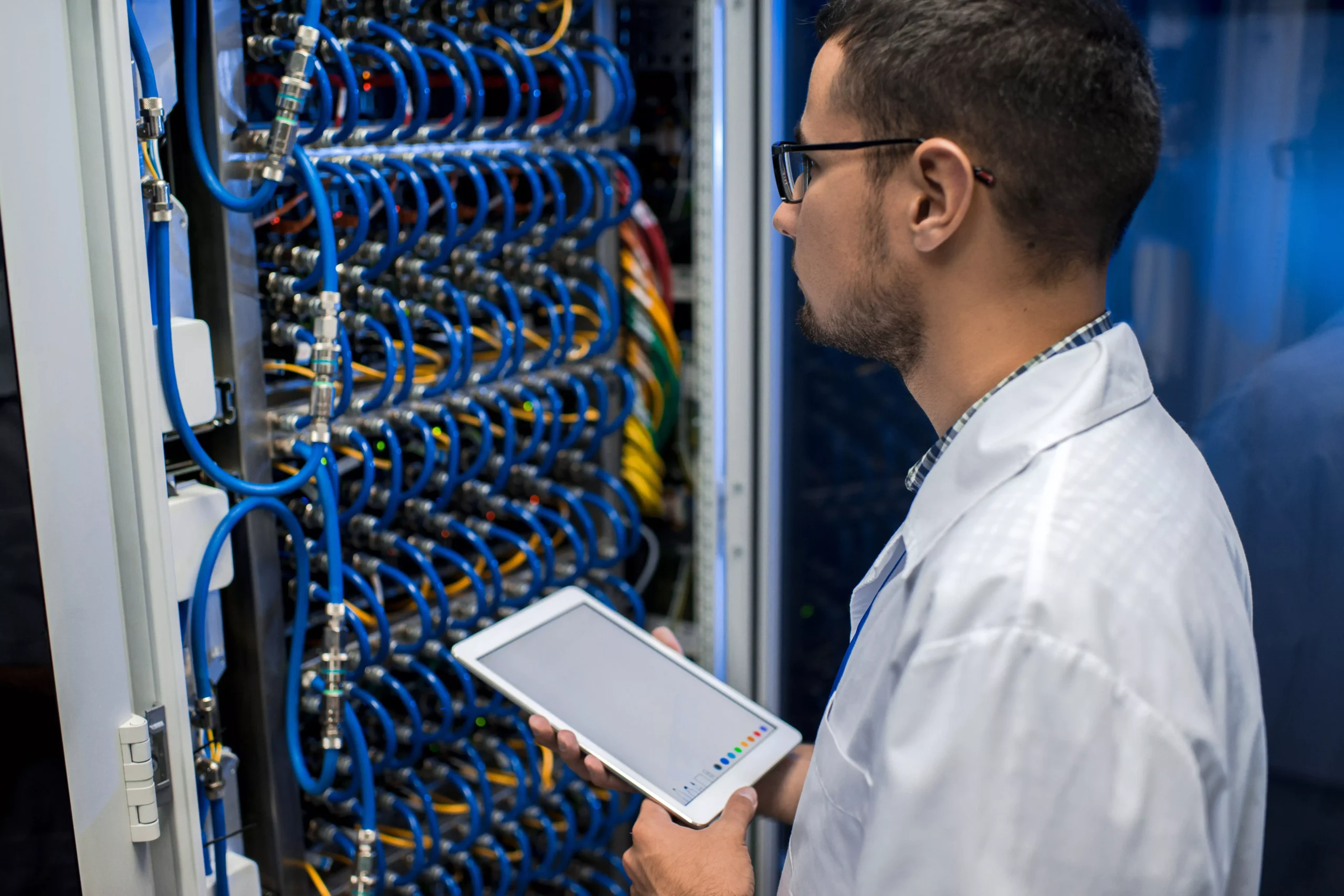
IT infrastructure is the backbone of our digital life, but what are its main parts? Let’s break it down, making sure we understand how each part supports our digital activities:
1. Servers: The Powerhouses
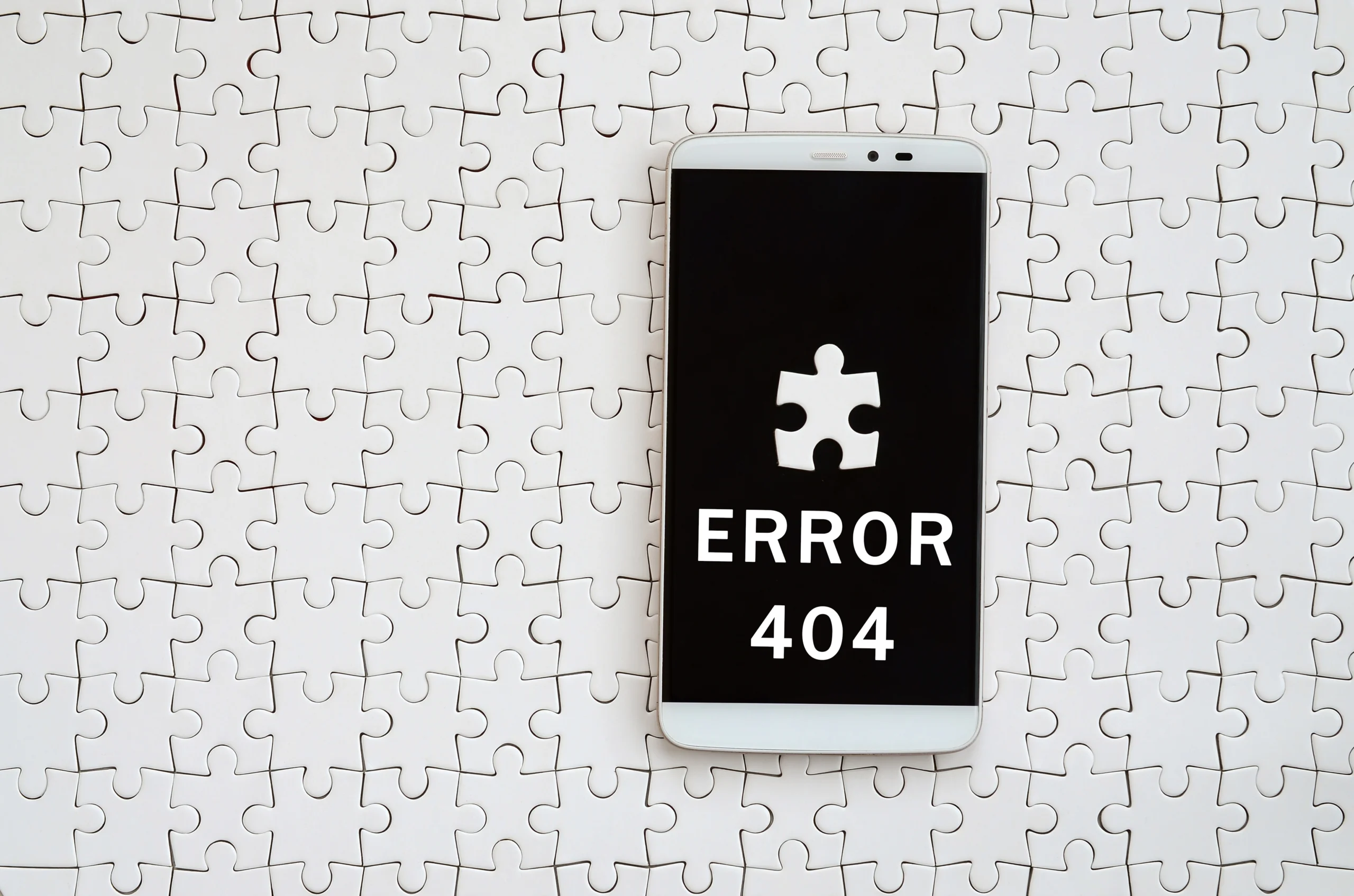
Servers are the heavy lifters in the IT world. The server acts as a super-strong computer that stores all the critical data your apps need to function, whether it’s for hosting a website or managing emails. Servers are always on, ready to serve information to users no matter where they are. They come in various types to perform specific tasks, ensuring everything from your email to your favorite shopping site runs smoothly.
2. Storage Devices: The Vaults
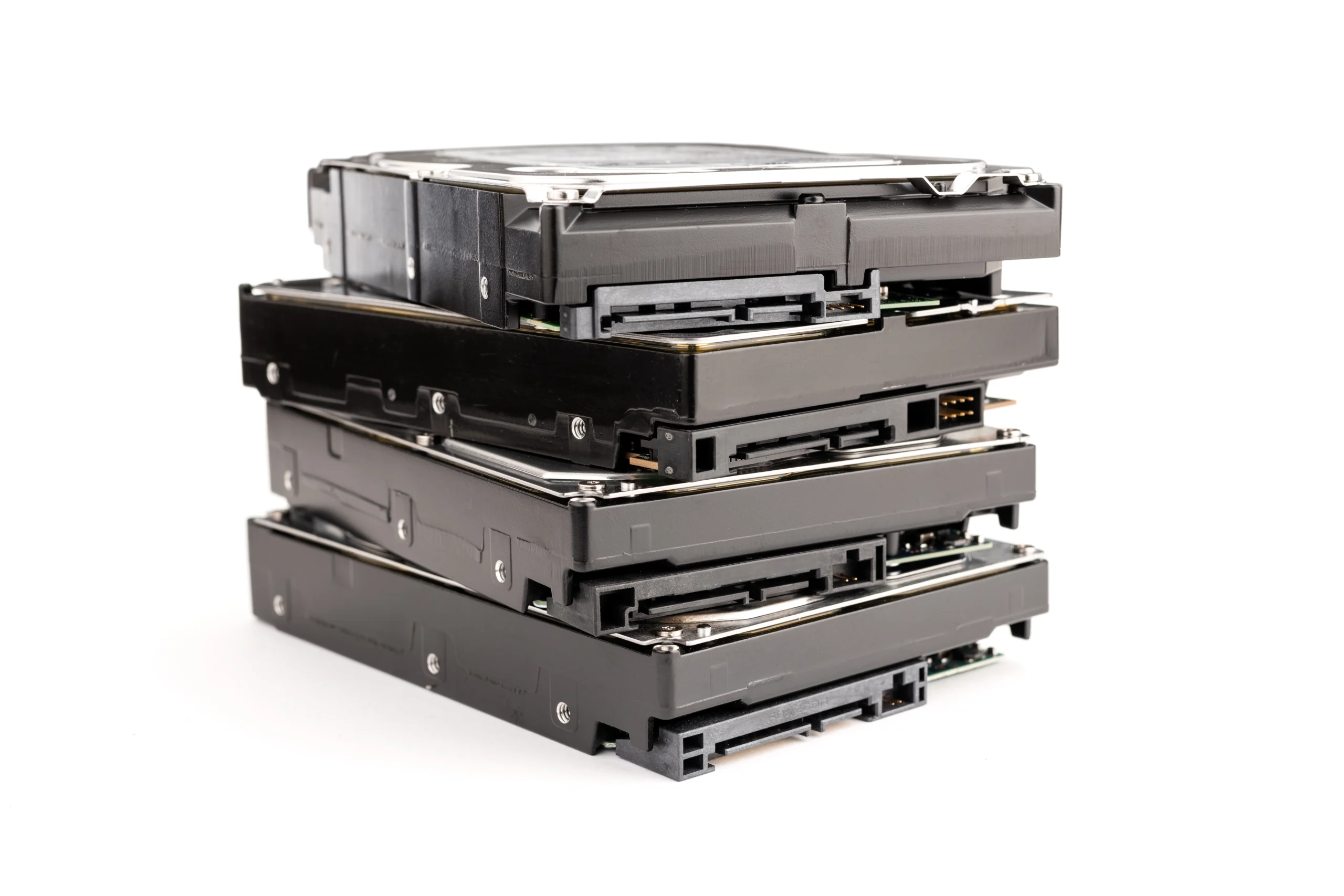
Storage devices are the guardians of data. They ensure that all information, from client records to family photos, is safe and sound. Here’s a closer look at the types:
Hard Disk Drives (HDDs): These are the granddaddies of storage, offering lots of space but slower to retrieve data. Think of them as an extensive old library that takes time to find the needed book.
Solid-State Drives (SSDs): SSDs are a super-fast librarian who can fetch your book quickly. They’re faster and more dependable than HDDs, perfect for the data you use constantly.
Storage Area Networks (SANs): SANs are like a network of libraries that servers can get the right of entry to to get facts quickly and successfully. They’re all about ensuring that facts are readily available while wanted.
3. Networking Equipment: The Connectors
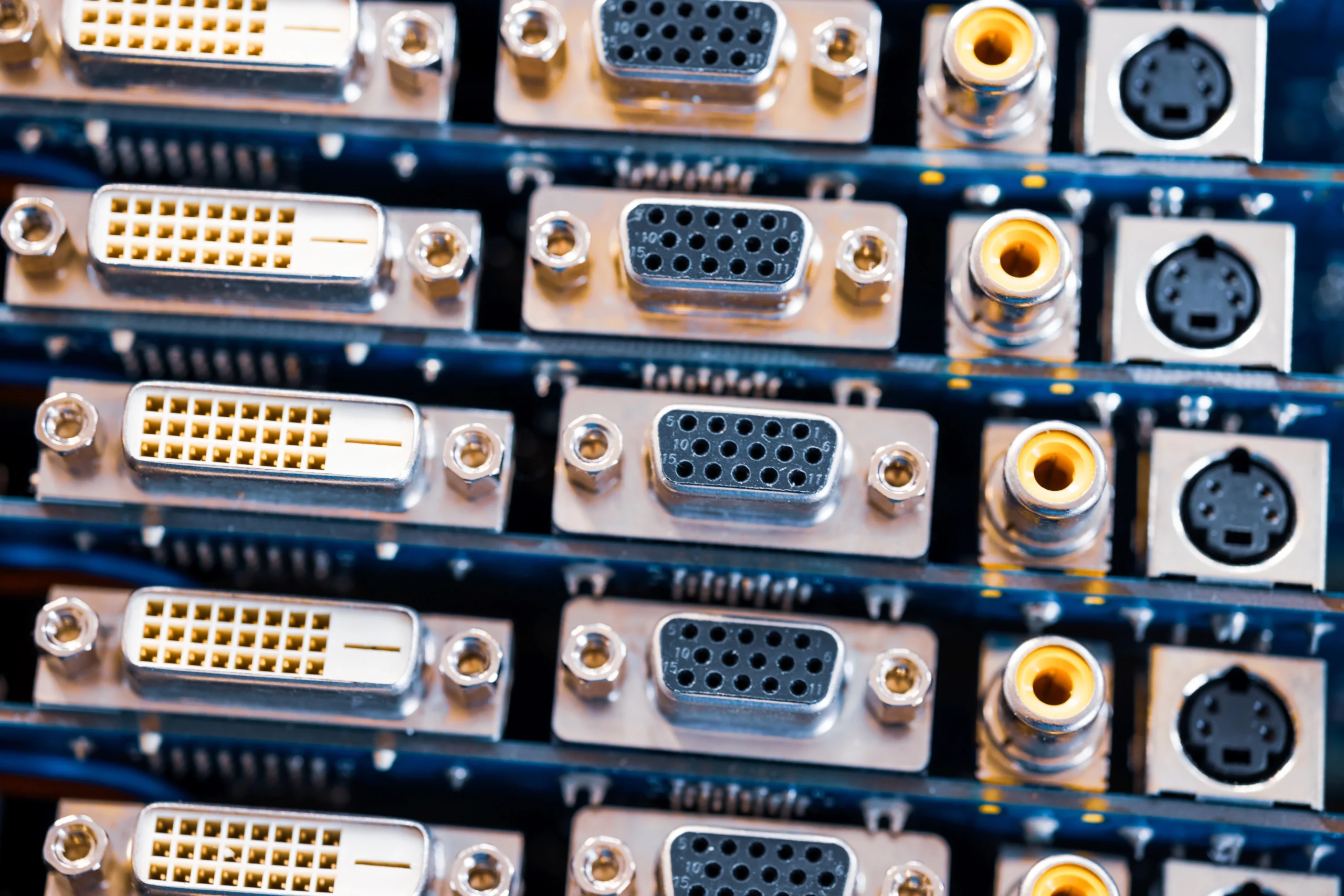
Networking equipment ties everything together. Think of it as the roads and highways that allow data to travel:
- Routers guide data to its destination, like traffic lights directing cars.
- Switches connect devices in a network, acting as intersections where data can turn to reach its final stop.
Firewalls are the checkpoints, ensuring only safe data passes through to protect against malicious traffic.
4. Operating Systems: The Maestro
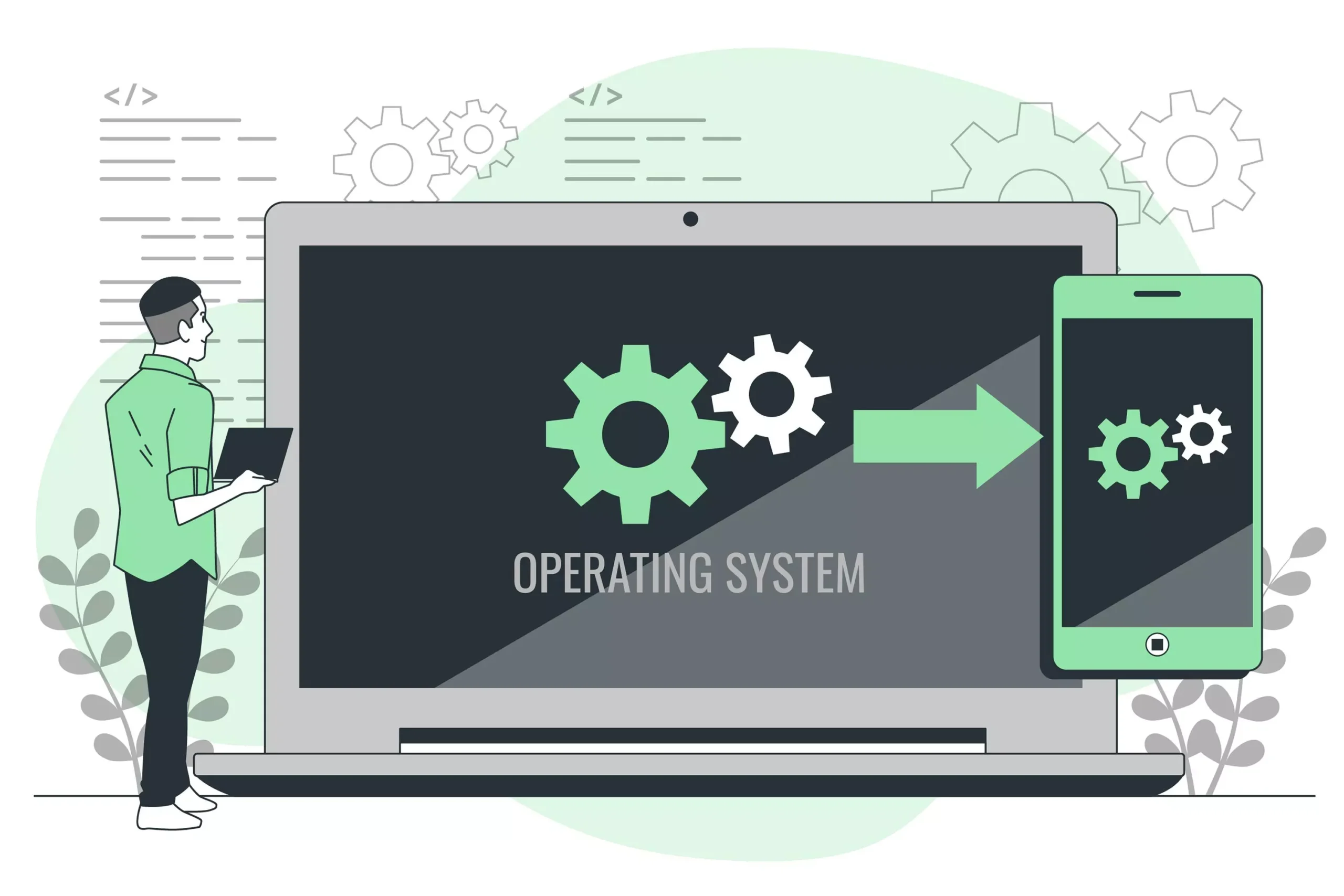
Operating systems orchestrate the whole operation. They manage hardware, run software program packages, and offer an interface for users to engage with the device.
Whether it’s Windows on your PC, macOS on your Mac, or Linux for servers, each running machine has its precise manner of making sure the virtual orchestra plays harmoniously.
Selecting the Right Components
Consider factors like the size of your workforce, the amount of data you handle, and how quickly you need to access this data to find the perfect balance to support your operations efficiently.
Cloud Computing and Virtualization
The cloud and virtualization offer flexibility and scalability. Cloud computing leases IT infrastructure from providers, decreasing the want to hold physical servers and garages. Virtualization lets you create more than one virtual environment on a single bodily server, optimizing aid management.
By making realistic and careful facet-by-means-of-facet alternatives, businesses can ensure a powerful stable, and effective IT infrastructure that supports their virtual efforts in today’s rapid-paced information technology.
What Is IT Infrastructure Management?

It’s all about looking after your company’s IT systems regularly. Having a team that guarantees your virtual world keeps walking with no hitches, is similar to a pit crew for a race automobile.
Why Manage IT Infrastructure?
The main goals are:
- Keeping everything strolling: You need to avoid machine crashes or slow-downs that could mess up your work.
- Staying safe and following rules: It’s critical to protect your information from hackers and make sure you are following any laws about data safety.
- Using resources wisely: Ensure you get the maximum from your IT setup without losing whatever.
Meeting business needs: As your business changes, your IT needs to change with it to support growth and new goals.
What Does Managing IT Include?
There are several critical tasks:
Monitoring: Always check on the health and safety of your systems with special tools.
Maintenance: Keeping software and hardware up-to-date and backing up data regularly.
Fixing problems: Quickly solving any tech issues to keep things running smoothly.
Planning for the future: Consider what IT resources you’ll need and make changes before they become urgent.
Keeping data safe: Putting strong security measures in place to protect your information.
Why Is Being Proactive Important?
There are better strategies than waiting for problems to happen before you fix them. Watching and taking care of things before they become significant issues is better. Regular analysis, updates, and planning can help catch your problems early, reduce downtime, and ensure your IT infrastructure management is always ready to support your business.
IT Infrastructure Services & Outsourcing

Think of your business’s IT infrastructure management as its backbone. This includes everything from your computers and network to how you store data and keep things secure. Like a strong building needs a good foundation, your business needs solid IT support.
IT infrastructure services are about building, keeping up, and managing this critical base.
They cover lots of tasks like:
Network Management
This is like being a digital traffic cop. It’s all about watching over your network (the paths that connect all your tech) to ensure data flows smoothly and safely. If there’s a problem, like a roadblock or a hacker trying to sneak in, network management steps in to fix it and keep everything moving.
Data Backup and Recovery
Data backup is a safety option for your digital information. It’s a way to back up your files and store them in a safe place, so if something unexpected happens—like a cyberattack or system failure—you can recover your data and get back to work without losing it every beat.
Server Management
Servers are the heavy lifters in your IT setup, storing data and running applications. Managing them means setting them up correctly, keeping them updated, and ensuring they’re always ready to handle your business needs without downtime.
Managing Devices
Today, we use various devices to work and communicate, including laptops, tablets, and smartphones. Maintaining these devices ensures they are correctly configured, regularly updated, and protected against threats so they are always ready and safe to use.
Security Services
Security services include establishing barriers (firewalls) and monitoring systems (intrusion detection) to identify and prevent cyberattackers. It is all about creating a secure environment where your data and the system are protected from cyber threats.
Why might you get these services from outside?
Many businesses work with unique IT service providers because:
They’re experts: These providers know how to handle complicated IT stuff, which lets you focus on what your business does best.
It can save money: It might be cheaper than having your IT team, especially for small businesses. These providers can also use their size and skills to manage your IT in a way that costs you less overall.
They’re flexible: Your IT needs will change as your business grows. Providers can help adjust your IT to match your needs as they evolve.
They keep you safe: These providers often have better security setups and know-how to protect your business from online dangers.
The benefits of IT infrastructure services include:
Saving money: They can help avoid expensive problems like system crashes, lost data, or security issues.
Growing with you: They make it easy to change your IT as your business needs change without significant upfront costs.
Better security: Good security measures can protect your important data and business from online attacks.
In short, IT infrastructure services are critical for businesses of any size to keep a reliable and safe IT setup. Getting these services from experts can give you benefits like saving costs, growing, and having better security, letting you concentrate on your primary business goals with less worry.
Cybersecurity Guide in IT Infrastructure
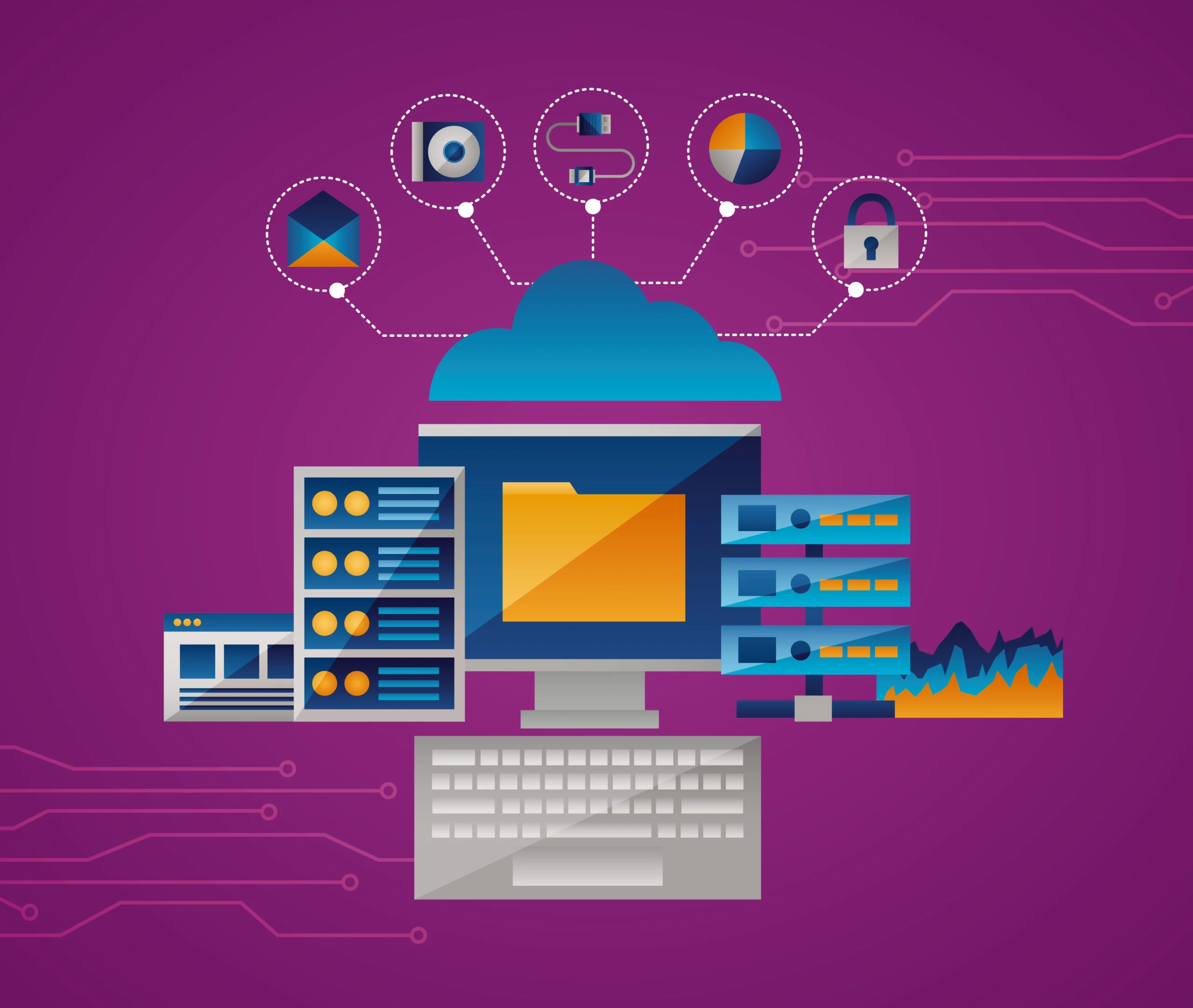
Hackers can be a big problem. They might break into your system, costing you money and hurting your good name. These hackers constantly find new ways to cause trouble, so you must stay alert.
Showing you’re serious about keeping things safe helps your customers and partners trust you more. What do these hackers do?
Malware Mischief: This is nasty software that can steal your info, lock you out, or ask for money to return your data. This is called ransomware.
Phishing Trips: These are tricky emails that look real but try to get you to give away passwords or click on links that will harm your computer.
Traffic Jam Attacks: Hackers flood your system with too much internet traffic, making it crash so you can’t use it.
How can you fight back? Here are some key tips:
Set Up Guards: Use firewalls and other security tools to watch over your network and block anything that looks fishy.
Be Careful with Keys: Use strong passwords, double-check who’s logging in, and only let people have access if they need it.
Do Health Checks: Regular security checks help you find and fix weak spots before they become big problems.
Teach Your Team: Help your employees learn how to spot phishing and other hacker tricks.
Have a Plan: Know what to do if something terrible happens. This way, you can fix it fast and get things back to normal.
By following these tips, you can keep your digital space safer, keeping your business smooth and your customers happy.
IT Infrastructure Planning and Design
Building IT infrastructure starts with a plan. You wouldn’t just begin without thinking it through, right? You need a good plan and design to ensure your information technology is solid and ready for the future.
Why plan?
- It matches your business goals: Your IT setup should help you meet your targets.
- Planning ensures your tech choices fit your company’s needs and plans for growth.
- It saves you money: Jumping in without planning can lead to problems like things not working together or needing expensive changes later.
- It’s ready for what’s next: A good plan means your system can handle new technology or growth without big headaches or costs.
What should you think about when planning?
Being able to grow: Your system should expand as your business does. This means picking options that let you add more storage or handle more users easily.
Staying up and running: Your setup should keep working even if there’s a problem, like a power cut or equipment breaking. This could mean having extra parts or a backup plan, so there’s little to no downtime.
Essential parts of a strong IT design include:
Figuring out what you need: Look at what your business needs now and what it might need in terms of storage, speed, and other tech stuff.
Having backups: Use extra systems or parts so if one part fails, you’re still okay.
Planning for emergencies: Have a plan for big problems, including how to get your data back, fix systems, and keep your business running.
By focusing on careful planning and smart design and making sure you can grow and stay resilient, you’ll build a strong IT system that helps your business both now and later. Remember, a good foundation is critical to a booming tech journey.
Implementing Your IT Infrastructure

Now that you’ve planned and designed your IT infrastructure, it’s time to make it a reality! Setting up your infrastructure involves a few critical steps:
Putting in Hardware and Software: This step is like setting up the furniture and gadgets in your new house. It means putting servers and network devices in place and preparing the software based on your needs.
Making Adjustments: After everything is set up, you need to tweak the settings of your hardware and software so they work well together. This could be setting up user accounts, ensuring your network is secure, and other important setups. It’s like adjusting your TV and sound system so everything works just right.
Testing Everything: Before using your new setup, you must test it. This means checking that everything works as it should and fixing any problems. It’s like doing a trial run before you have guests over to ensure everything’s perfect.
There are also two extra things to keep in mind during this phase:
Managing Changes: Putting in a new IT system usually means people have to do things differently. Managing these changes well means discussing what’s happening, teaching people how to use the new system, and offering support. It’s like showing your family how to use new smart home gadgets, making sure everyone’s comfortable with them.
Training Users: It’s vital to teach users how to use the new system correctly. Training should include how to work the system, stay safe, and what to do if something goes wrong. Think of it as giving everyone a manual and some lessons on using all the new stuff.
By focusing on these steps and ensuring you’ve covered configuration, testing, change management, and training, you can have a smooth start with your new IT infrastructure. This helps set up a dependable and effective tech environment for your business.
IT Infrastructure Maintenance and Upgrades

Keeping your IT setup in good shape is like looking after your house. You need to do regular check-ups and sometimes make updates to keep everything working well and safely.
Why do we need to keep up with maintenance and upgrades?
To keep everything running smoothly: Regular checks help catch minor problems before they turn big, avoiding costly stops and trouble. It’s like looking around your house for issues that need fixing early on.
To stay safe: Updating your software with the latest security patches helps close gaps that hackers could penetrate. It’s like making sure your home’s locks are solid and secure.
To improve things: Adding new parts to your hardware or updating software can make your system faster and more efficient. It’s like swapping out old kitchen appliances for newer, better ones to improve your home.
How can we make updates easier?
Plan updates for the best time: Do updates when it doesn’t disrupt work much, maybe during the evening or weekend.
Tell everyone what’s happening: Let users know beforehand about planned maintenance, how long it might take, and what to expect.
Back up your data: Make copies of your important information before making significant changes. It’s like packing away your valuables before starting home renovations.
Watch over the process: Keep an eye on updates as they happen to fix any surprises right away. It’s like watching over home repairs to ensure everything goes as planned.
By making regular maintenance a priority, including updating software, upgrading hardware, and following these tips to reduce hassle, you can keep your IT system healthy and ready to support your business. Like taking care of your home, looking after your IT needs means less trouble later and a better environment for everyone.
Final Thoughts
We’ve looked at IT infrastructure – how important it is for businesses and how to plan, set up, keep up, and update it. Think of your IT infrastructure as the base of your entire tech setup. Just like a strong building needs a good foundation, a solid IT infrastructure is critical for:
Keeping your business going: Reducing downtime and interruptions means your business can run smoothly.
Staying safe: It’s really important to keep your data safe from online threats in today’s digital world.
Growing and trying new things: Having an IT setup that can change and grow means you can easily use new tech and grab new opportunities.
Understanding the different types of IT infrastructure, why planning and designing it well is essential, and keeping it in good shape with regular updates helps you make smart choices for your IT needs.
Remember, having a strong IT infrastructure is necessary to succeed in the fast-moving digital world. So, it’s worth it to think carefully about what you need, consider your options, and invest in a solid base for your tech future.
get the best consultation
Please complete the form below so we can direct your inquiry to the right expert.
Latest News
Is Allegiant Stadium Ready for Taylor Swift’s Super Bowl Appearance?
News Is Allegiant Stadium ready...
Read MoreElevating Workforce Training: Four Essential Tips for Success
News Elevating Workforce Training: Four...
Read MoreDemystifying Government Contracts: Exploring Acquisition Challenges
News Demystifying Government Contracts: Exploring...
Read More